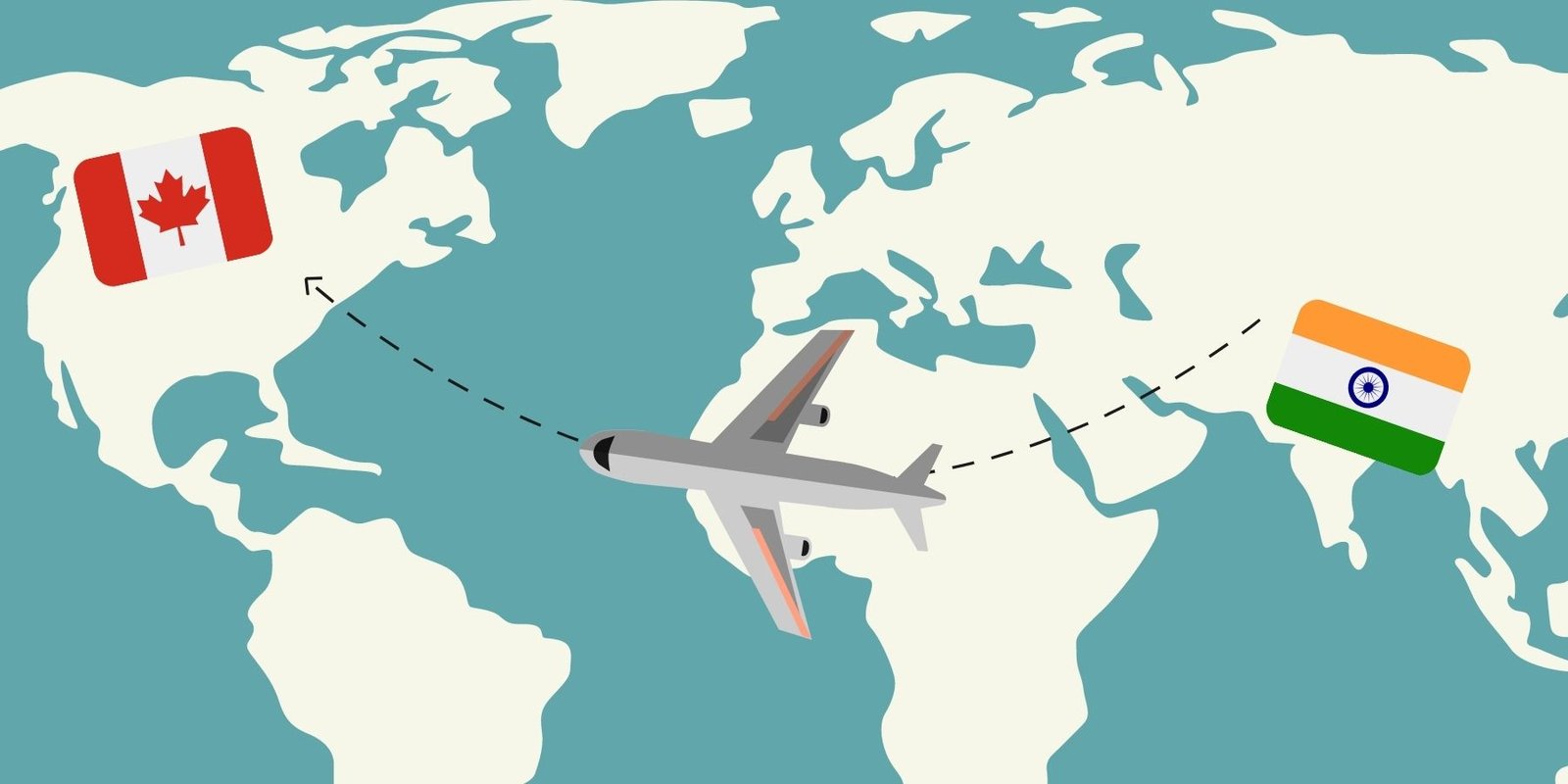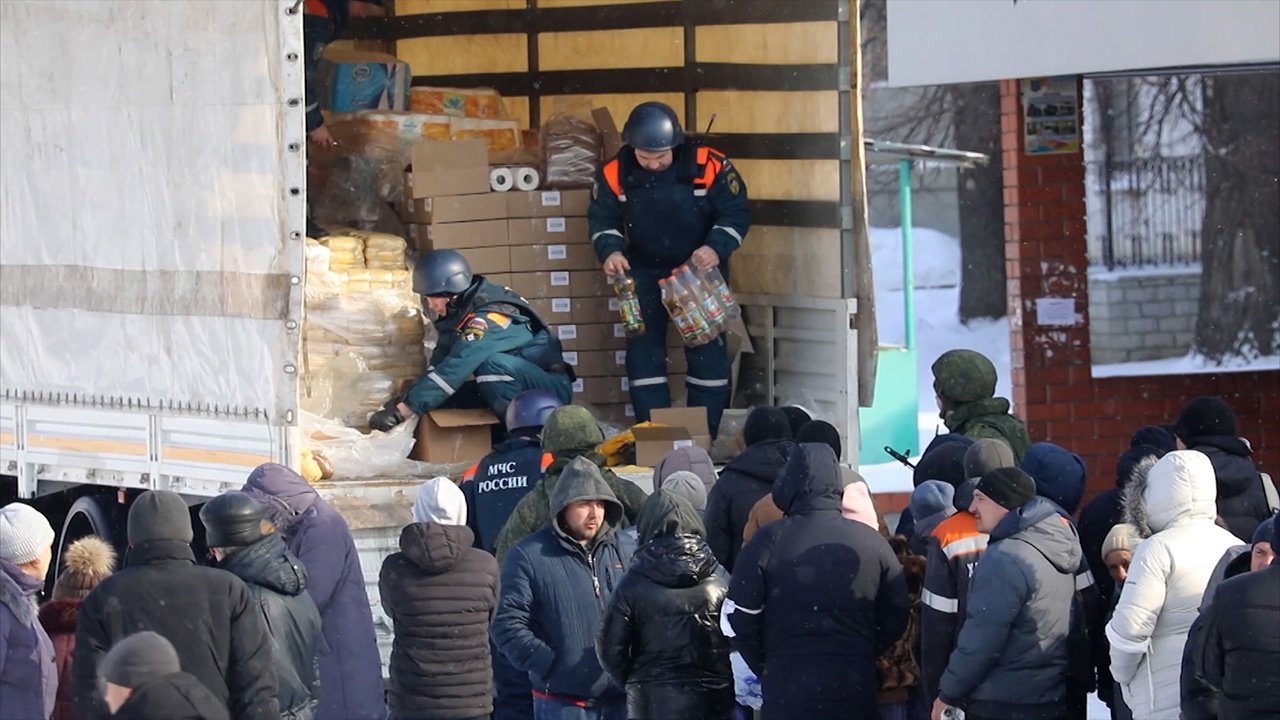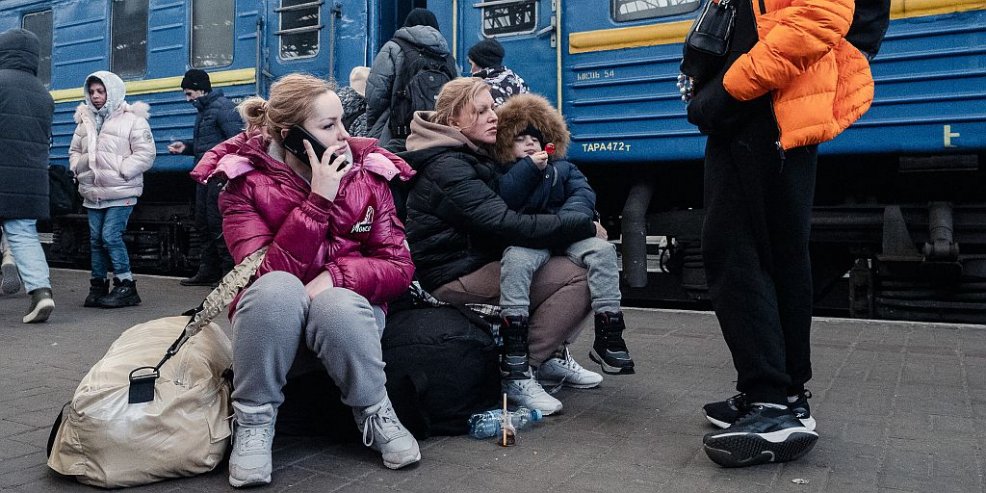As per reports, after facing defeat at the hands of Tibetan Soldiers in Indian Army as part of Special Frontier Force (SFF) Tibetan troops, China has started recruiting Tibetans in People’s Liberation Army (PLA) for deployment at LAC to replicate the SFF. It has been made mandatory for every Tibetan family to send one member to the PLA. However it’s doubtful if Beijing can succeed, for several reasons and this decision may ultimately backfire China.

The recruitment is being made after a ‘loyalty test’ of the Tibetan youths. The Tibetan youths have been inducted into the Chinese forces after making them go through several loyalty tests — which include learning the mainland Chinese language and accepting the supremacy of the Chinese Communist Party (CCP) over any other belief, the sources said.
However the Tibetan youngsters who have grown up and seen the suffering of fellow Tibetans at the hands of Chinese Communist CCP and regular onslaught on indigenous Tibetan Culture are very rare to pass the ‘loyalty test’ when they know their Dalai Lama and fellow Tibetans are there on the Indian side preparing to gather International support to get Tibet free from the illegal Occupation of China.
On 15-June 2015, Lau Kin-kwok, chief of the Po Yin Fat Yuen monastery, set his left arm on fire. A former resident of the now demolished Tiu Keng Leng squatters’ area, who has been staying in the only building remaining there, set fire to his arm and threatened to jump off the roof to protest against a plan to evict him.

Recently a series of protests broke out in Lanzhou, Gansu (China) after a monastery was closed. The video shows a monk who jumped from a roof.
A new report released by the Tibetan Centre for Human Rights and Democracy (TCHRD) documents how Tibetans in and out of China occupied Tibet are not only censoring themselves, they are censoring each other because Chinese authorities have made censorship the responsibility of the whole populace. Various methods of mass surveillance such as the “Grid Management” and “Double-Linked Household” systems obligate individuals to report suspicious activity and betray one another or face consequences.
Chinese authorities rely on a strict and pervasive disciplinary machine to punish individuals it sees as a threat, which has resulted in extraordinarily high level of mutual self-censorship among Tibetans. The power of the Chinese Party-State’s influence relies on a combination of basic surveillance and control instruments, a hierarchized system of monitoring and observation and distributed responsibility, and a normalization of fear, judgment, and social distrust.
The changes in China Occupied Tibet over the last decade represent a systematized social control mechanism that ignores human rights such as the freedom of speech, religion, and peaceful assembly. Online surveillance, CCTV cameras, bugged homes, and checkpoints provide simple instruments of observation and monitoring to expand the influence of the state. This ensures a maximum number of points of contact between the state and the Tibetan people through which power and influence can flow.
As per sources, China has deployed Tibetan-Chinese Soldiers along the Line of Actual Control (LAC) in Ladakh Sector. With Tibetans in Exile in large numbers working in Indian Army’s Special Frontier Force (SFF) has created tensions for the Communist Chinese PLA. Tibetan soldiers in PLA are hesitant to fight against India.
Digital laws enlist Chinese internet companies into the hierarchy of surveillance, and the “Grid Management” system distributes the power and influence of the Chinese state across China Occupied Tibet. The “Advanced Double-linked Households” system and other policies compelling individuals to report suspicious activity bring the entire population into the hierarchy of control and surveillance, obligating individuals to report and betray one another or face consequences. The Party-State punishes any dissenting opinions or behavior and pushes state propaganda, ‘normalizing judgment’ and enacting a power structure that disadvantages Tibetans and penalizes expression of Tibetan political and cultural identity.
Under these conditions can any Tibetan be loyal to the Communist Chinese CCP?
Related Article Tibetan Soldiers in PLA Hesitant to Fight against India.
India first established the military unit of Tibetan refugees, known as the Special Frontier Force, just after the 1962 India-China war to carry out covert operations behind Chinese lines, according to Jayadeva Ranade, a member of the National Security Council Advisory Board. Akin to U.S. special forces, every member is trained as a para-commando and operates undercover in conjunction with the Indian military.
With the deployment of Soldiers on the LAC of both the armies is so close that they earlier they could even talk to each other. However now at least they can see each other from a distance.
Chinese Tibetan Soldiers know how much respect Tibetans in Exile get in India and how their martyrdom is celebrated in India. Whereas in China, if we go by rumors, even the body organs of the dead soldiers are harvested and only the ashes are returned to the family members.

Moreover no Chinese Tibetan fighting for the Communist Chinese PLA is standing with Chinese Army willingly. Their family members back in Tibet are held hostages and if they do not fight or desert their ranks, their family members will get into trouble and will have to face all kind of hardships including denial of any government benefits to any of their family members, no government jobs, or any subsidies or any medical treatments. The families would be destitute.
From various statements by Chinese officials in Beijing and associated Communist Party networks like the Global Times following the daring SFF operation in the critical Chushul sector, it seems that Beijing’s irritation and frustration over it stems only partially from being militarily out-maneuvered in the ongoing see-saw face-off between the rival armies since early May.
Senior Indian security and military analysts believe that a major proportion of Chinese ire and frustration emanates more from being outflanked by a force comprising mainly Buddhist Tibetans, a community China has ruthlessly oppressed and dominated for 70 years, and continues to subjugate after taking over their homeland in 1950.
However as per sources, with the little interaction between the Chinese Tibetans and the assurances given by Tibetans working in the Indian Army and the High Officials, many Tibetans from the Chinese PLA have expressed desire to fight for India rather than the Communist China that has oppressed and over 1.2 million Tibetans have been killed, over 6000 monasteries have been destroyed, and thousands of Tibetans have been imprisoned.
Related Article Stepped-Up Surveillance By CCP China In Tibet And Gross Human Rights Abuses
But what is even more intrinsically galling for the seemingly redoubtable People’s Liberation Army (PLA), is that they were effortlessly bested by soldiers owning enduring fealty to the 14th Dalai Lama Tenzin Gyatso, whose authority and standing Beijing has spent years denigrating and vilifying, but without total vindication.
According to some accounts of the SFF, raised in November 1962 immediately upon the conclusion of the disastrous border war with China in which India came off worse, a large number of its personnel still carry the 85-year-old Nobel laureate Dalai Lama’s image on their person, a personality the PLA abhors. Ironically, the original SFF cadres were recruited from amongst the fabled Khampa warrior refugees, originally from Tibet’s rugged mountainous Kham region, and who for centuries were the bodyguards of successive Dalai Lamas’.

“The essentially Tibetan SFF’s success in the military action along the Pangong Tso lake on the night of August 29-30 has heightened nervousness amongst senior Chinese leaders who remain intrinsically nervous about Tibet, Buddhism and the Dalai Lama,” said former Research and Analysis Wing (RAW) China specialist Jaiyadeva Ranade. The Chinese leadership fear this could provide some fillip or incentive to Tibetans to unite and resist the PLA in their oppressed homeland, added Ranade who currently heads the Centre for China Analysis in New Delhi.
Related Article Rudderless China Shocked As India Makes Readjustments On LAC
The Amsterdam-based European Foundation for South Asian Studies, or EFSAS, concurs. In its September 4 newsletter, it declared that China was wary of a “peaceful uprising being encouraged within Tibet…and if India continues to be repeatedly provoked by China at the LAC, it may be forced to reconsider the reticence it has historically had to rake up the Tibet issue”.
It further declared that as host to the Dalai Lama, the Tibetan government-in exile and tens of thousands of Tibetan refugees and its long border with Tibet, India possesses the right tools to encourage the creation of a popular movement that can evolve into quite a thorn for China in Tibet, especially with broader international support. The Foundation also stressed what many Indian analysts claim is China’s enduring vulnerability with regard to Tibet: The legitimacy of Chinese rule over Tibet being seriously challenged under an evolving global anti-China drive.
The Chinese Communist Party mouthpiece, Global Times, reacted hysterically to the SFF, by calling its personnel the Indian Army’s ‘cannon fodder’. Apropos of no provocation, Qian Feng, director of the National Strategy Institute at Tsinghua University in Beijing, stated that “if India openly supported Tibet secessionism” on border issues, does it mean China can also “support insurgencies in the northeast”.
Recommended Article China Bribes Vatican With “$2 Billion a year” to silence the Church.
The Indian army’s use of SFF along the border with China has raised concerns that the Chinese military could use Tibetan-Chinese soldiers to engage with the Indian military along the disputed frontier.
“China will definitely pit Tibetans against each other at the border. The lives of Tibetans will get affected,” said Sonam. However there are good indications that Tibetan Soldiers may join their brothers on the Indian side in case of any offensive by China against India.
There are indications coming that some Tibetan soldiers deployed at the forward posts by India are interacting with the Tibetans on the Chinese PLA side and asking them to join their brothers on the Indian side and work with Indian Army in defeating the Chinese Invasion not only in Ladakh’s Aksai Chin but at a later stage freeing Tibet from the Tyrannical rule of China.
Hua Chunying, the spokeswoman for China’s Foreign Ministry, said at a news briefing recently that Beijing wasn’t aware of Tibetans fighting for India, but that China was “firmly opposed to any country, including India, supporting the secession activities of Tibetan pro-independence forces or providing them with any assistance or physical space.”
China is rattled with the reports of the Tibetans working with Indian Army, with foreign ministry spokesman Wang Wenbin telling reporters on Monday to ask India about the issue. “China’s position is clear,” he said. “We firmly oppose any country facilitating through any means the ‘Tibetan independence’ forces’ separatist activities.”
“The Indians are sending a message — a very strong message, which they probably have not sent for decades,” said Robbie Barnett, who headed Columbia University’s Modern Tibetan Studies Program until 2018 and has written about the region since the 1980s. “The involvement of exiled Tibetans and the use of exiled Tibetan icons, images and flags, is hugely significant for China’s interpretation.”
“The recognition of Tibetan Soldiers in India is a clear message to China that your countrymen are fighting alongside us,” said Ranade, who heads the Centre of China Analysis and Strategy, a research group in New Delhi. “I don’t remember this force being acknowledged like this earlier.”
“I strongly feel that younger generation will join the SFF in larger numbers,” Dhundup said by phone from McLeod Ganj outside Dharamshala.
With regular massacres and with regular flight of people into India, with a dwindling number indicating tightened patrolling, how many Tibetans have got the will to fight for their oppressors? Make no mistake, the information of the Tibetans martyred in Indian service fighting against those who occupied their homeland has already reached every nook and corner of Tibet. A refugee, living in a refugee camp fighting for the country which gave him shelter – this is not commonly seen anywhere in the world, and all the world history.
Points to Ponder
In the event of Chinese Aggression against India, Will India rally support in the international community to recognize Tibet as a Free and Independent Country? Will India work towards Independence of Tibet at International Forums? In case the global coalition agrees for a military solution to free Tibet from the illegal Invasion by China, will India lend military support in freedom of Tibet?
How far Tibetans living in Tibet can go against the Chinese PLA despite being living the lives of prisoners in the Chinese occupied Tibet regions?
Follow us at:-
Twitter Handle: @newscomworld
Twitter Handle for Hindi : @NewsWorldHindi
Telegram Handle : @NewsComWorldCom
Koo Handle : @NewsComWorld
GETTR Handle: @NewsComWorld
Parler Handle: @NewsComWorld
Tooter Handle: @NewsComWorld
YouTube Channel https://www.youtube.com/channel/UCnKJQ3gFsRVWpvdjnntQoAA
Facebook Page https://www.facebook.com/NewsComWorld
3,551 total views









